This guide to Panch Pokhari is unique because we showcase it from a first-person perspective. Having done the trek recently, we wanted to offer our insight and knowledge on how to make the most of this short but beautiful trek. So, here’s a quick guide to a hike to Panch Pokhari.
Panch Pokhari, meaning ‘Five Lakes‘, is a new popular hiking spot near Kathmandu for both local and foreign tourists.
These lakes are at an altitude of 4,100 meters. If you go up to the viewpoint at 4,300 meters, you can see a panorama of peaks in the Jugal Himal range, including the Dorje Lakpa (6,966 m) and Madiya (6,257 m).
This short trail is an amazing gateway for hikers, as it follows waterfalls and forested paths to the highlands. The view at the end of the trek is breathtaking and unique since there are five glacial lakes in between the hills.
For those interested in the religious and cultural aspects of Nepal, Panch Pokhari is also a pilgrimage site. There is a temple for the Hindu God of Destruction, Shiva, and bathing sites for those who want to purify themselves in holy water.
The amazing thing about the Panch Pokhari trek is that you can set up camp and stay at Panch Pokhari for as long as you’d like. Unlike other Himalayan trekking destinations, where it may be too mountainous or steep to camp comfortably, Panch Pokhari is like a picnic spot up in the mountains.
Having done this trek recently, I suggest that you take your time on the trail and at Panch Pokhari to soak up the spiritual atmosphere of the lakes.
Similar to the Langtang Valley Trek, for a short trek close to Kathmandu and those on a budget, this one takes the cake.
Table of Contents
Itinerary for the Short Panch Pokhari Trek:
Hiking is one of the most popular things to do in Kathmandu. Just like other short hikes, Panch Pokhari is one of the best multi-day hikes near Kathmandu.
Therefore, to help you plan your trip better, let us do a breakdown of how we went about this trip and how you can plan yours accordingly.
Day 01: Kathmandu to Chimti, Chimti to Deurali (1-2 hours)
While many start from Chautara, we started our journey from Chimti (or Chimdi), which was about a 7-hour drive from Kathmandu. Since we started our day late and left Kathmandu around 11 a.m., we reached Chimti around 6 p.m. via a rented jeep, which cost Rs. 30,000 for a round trip. Costs may be cheaper (as low as $16,000 round trip), but since we were worried about communicable diseases, we did not mind splurging on transportation.
The roads are on the rougher side, but what roads in the hills are not? You will pass by Melamchi to grab a quick lunch and then make your way to Bhotang and then to Chimti. We dropped off at Chimti and walked to Deurali, but we later found that jeeps go up to Chimti. If you are taking a local bus, however, the last stop is Chimti, and the average fare comes to around 300 to 500 rupees (one way).
After being dropped off at Chimti, we walked an hour to Deurali. We had taken tents to camp, but the locals told us it was too cold this time of year (mid-November), so we left our camping gear behind. There was a teahouse at Deurali, which was Rs. 450 for food and lodging, and we happily settled in for the night.
Day 02: Chimti to Nasimpati (3700m), 6-7 hours
We started our day fairly late at 6:30 a.m. and got lost on the way (the one where you walk about 30 minutes and see prayer flags and an old monastery and take a sharp left instead of heading straight).
We learned the hard way to always look for the red and white marker. As we didn’t notice it, we went up a hill, came to a dead end, and had to return. The red and white marker is constant on the trail, so if you are walking for fifteen minutes and do not come across it, then you are probably headed in the wrong direction.
After correcting our course and walking for 2 hours, mostly on stairs amidst forests, we stopped for a quick lunch at Tuppi Danda (2320m). The area has one lodge, so call beforehand to place your meals. We asked them to cook the instant noodles we had and, after resting for a little while, went on our way.
The stretch between Tuppi Danda and Nasimpati is long, with no tea houses or lodges in between. So we recommend you take plenty of snacks, as it is about a 4- to 5-hour uphill trek through forests, waterfalls, and eventually stone steps. Trekking was very much different than wandering around the beaches. Although we were tired, we were enjoying every bit of it. It’s a surreal experience.
Once you reach Nasimpati, you will have plenty of options for lodging, as there are tea houses that cater to pilgrims during Janai Purnima. We were told that the lodges there had enough capacity for over 100 people. Do note to call ahead during the off-season as the local lodge owners may return to their villages during heavy snowfall and winter.
We spent the night at Nasimpati, and while the beds were comfortable, it was chilly during the night.
Day 03: Nasimpati (3700) to Panch Pokhari (4100) to Viewpoint (4300) and back, 7 hours
The next day we started our trek at 6 a.m., but we encourage you to start sooner, as it is a three-hour trek to Panch Pokhari. The trails are mostly uphill, but the highlands and the rocky terrain make it an absolutely beautiful hike. We reached Panch Pokhari at 9 a.m., and after a dip in the waters near the river and a quick visit to the temple, all of us had lunch at one of the many dining halls and lodges there. We noticed there was no shortage of rooms at Panch Pokhari itself.
After lunch, we took in the views of the five lakes, and it was quite calm, with plenty of space to set up camp (if the weather was warmer). The viewpoint is about a 30- to 45-minute hike at 4300 meters and also boasts panoramic views of both the five lakes and the peaks of the Jugal Range. It is highly recommended.
We then had to bid adieu, albeit reluctantly because of a tight schedule, but we absolutely would have loved to stay a night or two at Panch Pokhari. You can relax, take in the sunset over the lakes, and explore the five lakes more, adding an extra day to the hike.
Going downhill was harder than expected. After a 3-hour hike to Nasimpati, we settled there for the night, although our initial plan was to get to Tuppi Danda.
Day 04: Nasimpati (3700m) to Deurali, 8 hours
The next day, we started at 6 a.m. and descended to Tuppi Danda for a lunch of Dal Bhat. We went all the way downhill to Deurali at around 2 p.m., where our jeep had arrived to pick us up.
Overall, the itinerary was the standard one to follow. But what we would have changed was adding an extra night or two at Panch Pokhari just so we could explore the area more.
However, the above itinerary is common and is being used by most travelers. Of course, we can change the itinerary depending on your group’s fitness level. We were not in the best shape but had been hiking, and with enough breaks and walking at our own pace, the Panch Pokhari trek was doable.
What You Need to Know for Panch Pokhari Trek:
Difficulty
According to the trek grading in Nepal, we would rate this trek as beginner-moderate since there are many steps to hike up.
However, there are enough resting spots to catch your breath and continue your journey. Do carry enough water or aqua tabs, as there are no lodges between Tuppi Danda and Nasimpati.
What to pack?
Since the Panch Pokhari trek is short, you do not need many changes of clothing. However, pack warm clothes to sleep in as the nights get cold. I carried my sleeping bag, which made it warmer for me, but with enough layers, it might not be necessary for you.
Pack layers of clothing, starting from a shirt to a warm fleece sweater and a down jacket, so you can shed them as you walk during the day. A cap and sunglasses will come in handy as you walk in the sun. Likewise, a pair of gloves, a winter cap, and thick, warm socks will keep you warm at night. We used a packing list that we discovered on the web.
An absolute must have been your power bank, as solar generators were only on for about a few hours each night and the plugs had to be shared amongst other trekking groups.
A walking stick will help you navigate your way uphill and take the pressure off your knees as you go downhill.
Food for Panch Pokhari
The food is basic Nepalese food: Dal Bhat with potato and spinach curry (and our new favorite, ghee from the Chauri Gai (Mountain Cow)). We used our pickles to add extra spice and flavor to our meals.
Make sure you have enough high-calorie snacks such as energy bars, nuts and seeds, chocolate bars, and rehydration packets for the trek, especially since the lodges have limited food options.
The Best Time to Go on a Panch Pokhari Trek
The best time to go on a Panch Pokhari trek is in September October in the fall and March and April in the spring. This is probably the best time to go on a trek in Nepal.
If you want to be a part of the Janai Purnima festivities, you can plan accordingly and go on the full moon in August. During Janai Purnima, people take a dip in the waters at Panch Pokhari. Likewise, they wear sacred thread around their hands and bodies for protection.
At the End
Just like Nagarkot Chisapani Hiking, Panch Pokhari is hands down one of the most diverse beginner hikes in Nepal.
As you go through lowland forests, you will be astounded to see waterfalls and cascading rivers in sparsely vegetated highlands and rocky mountain terrain. The views at the end of the journey are amazing, with the five lakes rippling in the mountain breeze and a panoramic view of the Jugal Himal range.
You can easily relax for a few days at Panch Pokhari after your trek, unlike other places in Nepal where it’s hard to find a teahouse.
We highly recommend this trek, and it’s not one to miss, especially since it’s a short hike close to Kathmandu. Also, the short hiking destination is perfect for the budget traveler and beginners looking to get their trekking break in Nepal.

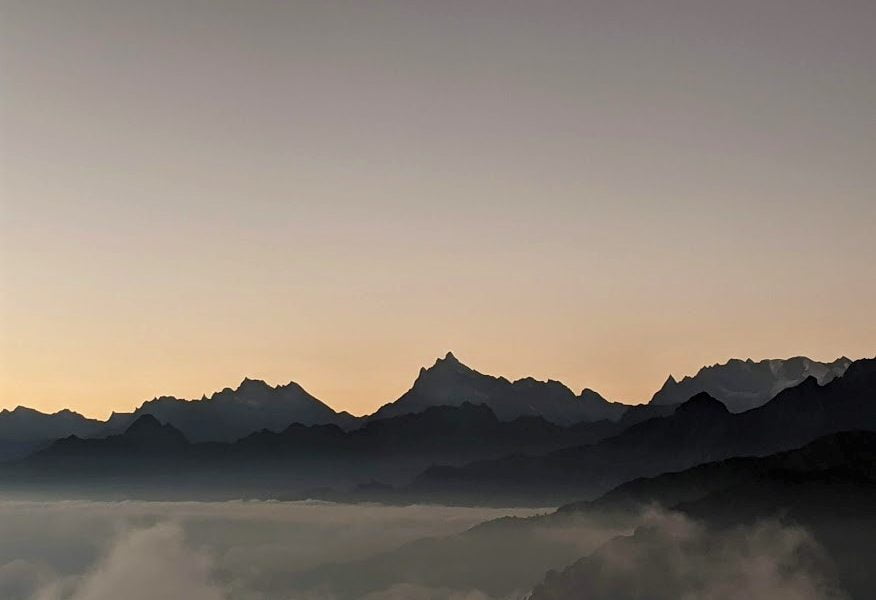

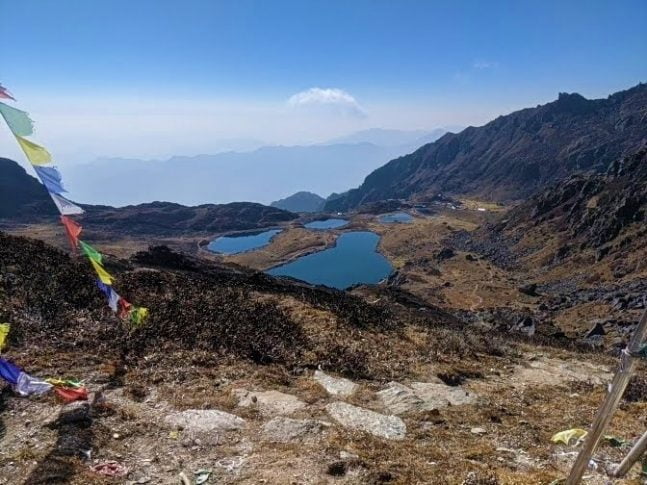
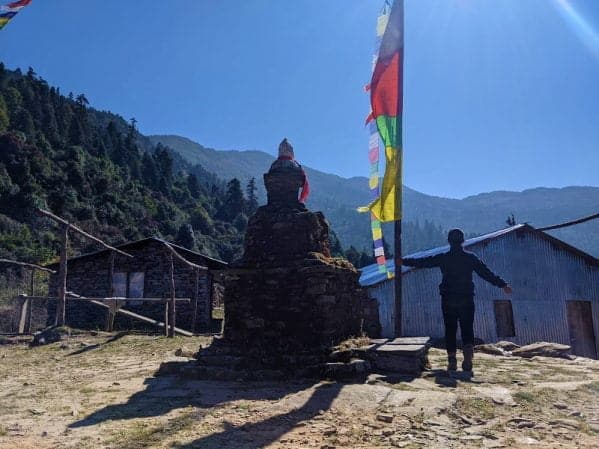
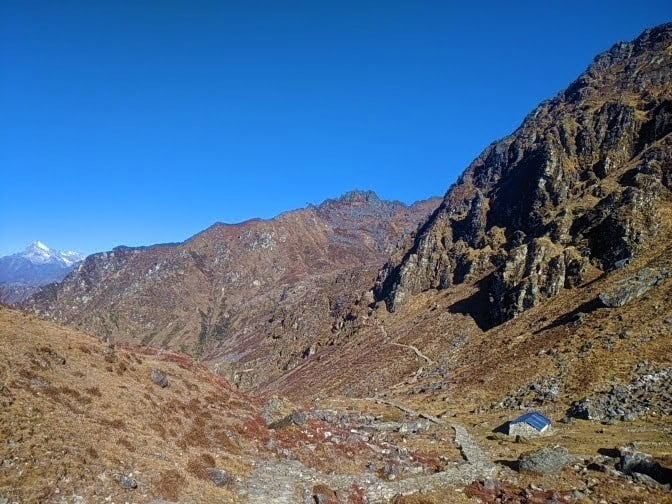
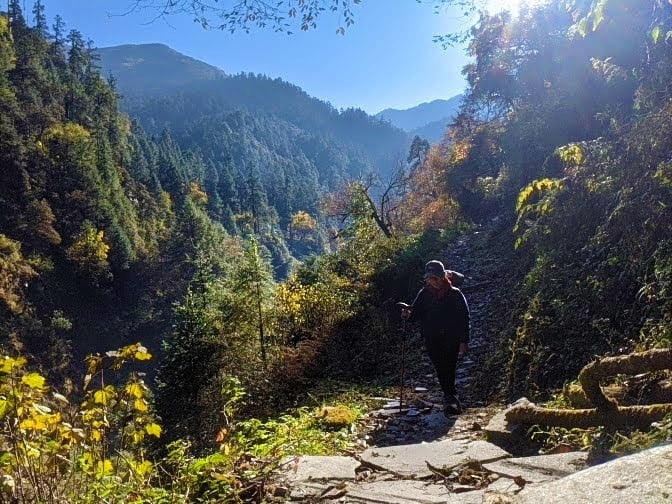
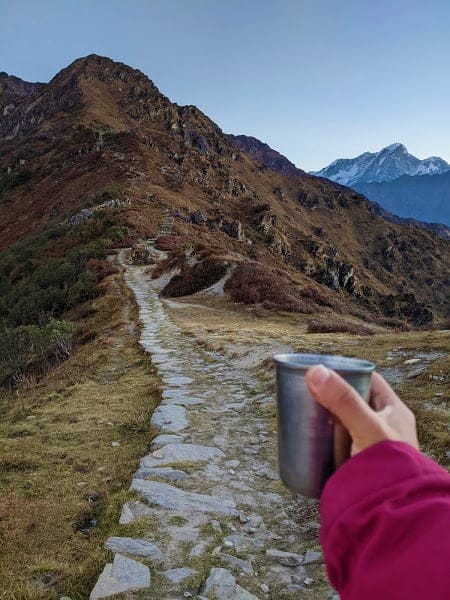

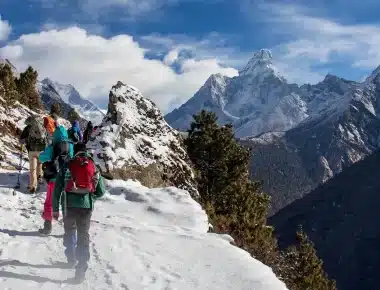
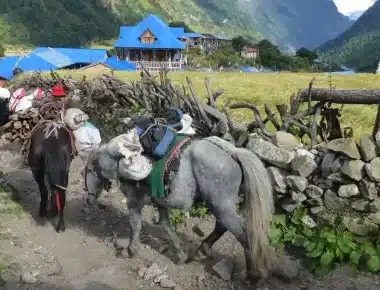
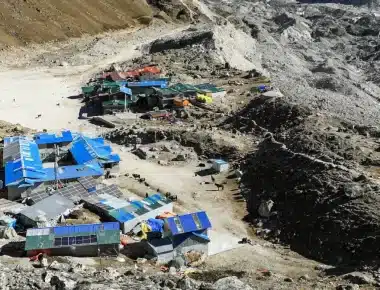
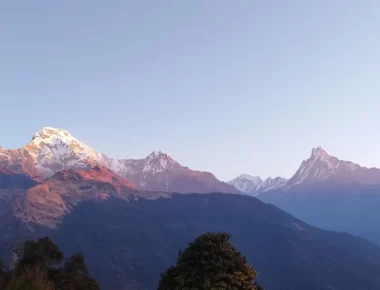

[…] Panch Pokhari Trek Guide […]